Editor’s note: This is the eighth article in a series exploring the business aspects of the dental profession, from starting a practice and marketing to hiring staff and finances.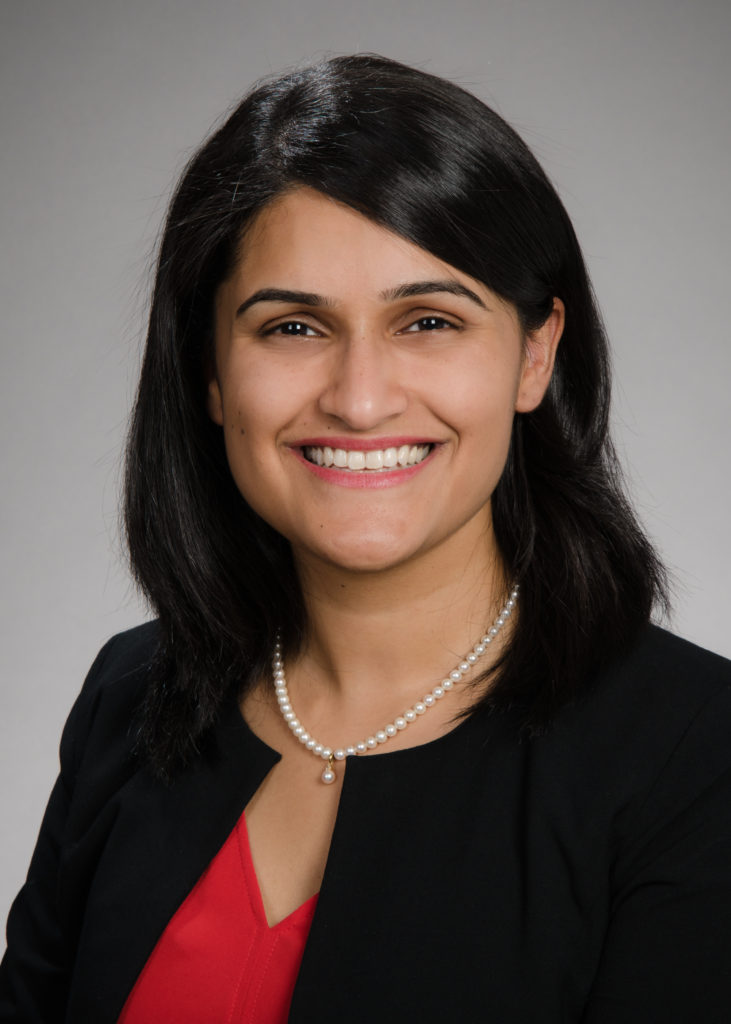
Dr. Deshpande
A lot of us are thinking of buying a CEREC system in our brand-new office, hoping it make things efficient. We also consider getting the fanciest massage chairs for patients to use. You know what most patients really care about? Being attended to in time and being appreciated and cared for by our staff. Read below to read about two technologies that are already in every office but may not be used to their maximum advantage.
Phones
Did you know that many phone calls get missed by an average dental office? Did you know the most common time patients call to schedule appointments? Do you know what it costs for you as a practice owner to not know the above numbers?
Many practices spend a lot of money on marketing and getting the “right patient” in the door. Most patients will first check your online presence: your website and read your bio, then they check reviews, and finally, they’ll pick up the phone call and make an appointment. What if nobody picks up the phone on the other side? What if the patient leaves a message and does not even have it returned?
Guess what, by the time you figure out what happened, that patient called up another office and has an appointment on Monday.
- What gets tracked, gets done. Consider having a phone tree — to have phones directed to the right person in your office — so the phone isn’t tied. Insurances, emergencies or billing, are three possible categories in a phone tree. Do you know which category will have the longest call?
- Invest in a software that allows you to record each phone conversation (check if your state allows it first), transcribe VM’s, and that helps you audit your front office member’s personality. It is so important to have someone cheerful and happy answer new patient calls.
- Make sure there is someone manning the phone at all times. Like most of our patients, I too, frequently make appointments for my chiropractor, personal physician and dentist during my lunch hour — 12-1 pm, on a weekday!
- Maybe you couldn’t pick up the phone. Fine. Ensure your scheduler reviews all VM’s at the start of the next day and gives everyone a call back. They should do the same for all no shows, or late cancels too.
Scheduling
- Ever thought of your perfect day in dentistry? It actually does exist. Every dentist has a different way of doing things, and the great thing about this is that in most scheduling systems you can input your own specifications. I, for example, like to complete root canals, implants or fillings at the beginning of the day, extractions right before lunch, and new patient exams or child prophies at the end of the day. One of my pet peeves is a quadrant filling at the end of the day. Figure out what is your way of doing things and tell your front office how you’d like them to schedule for you. This is your office after all.
- Many business gurus agree that providers shouldn’t have unnecessary breaks in the day. While I agree with this thinking, it does not have to apply to everyone. Paint your own perfect day and try to make each day amazing.
- One of the front office managers I used to work with told me that the thing that annoys them the most is inconsistency and lack of instruction from the dentist. “Why don’t they just tell us how they like it? They only complain when it’s not done right.” Every single person in the office wants their dentist to succeed. In order for them to help you, you just need to give them more information.
Can you think of another important aspect of a practice? Team appreciation, bonus structures and outsourcing are other key elements. Join our New Dentist Business Club meetings where we go into detail in all of those. To join, email us at New.Dentist.Business@gmail.com.
Dr. Sampada Deshpande is a general dentist based in San Francisco. A foreign trained dentist from India, Sampada earned her DDS from the University of Washington in 2018 and is a 2020-2021 UW-LEND fellow. Outside of clinical dentistry, she enjoys teaching at the New Dentist Business Club and improving access to technology in healthcare via her involvement in Samsotech. You can reach her directly at @dr.deshpande on Instagram or visit her website www.sampadadeshpandedds.com for more information.
Editor’s note: We know that finding the right practice can be overwhelming and time consuming. That’s why the ADA created ADA Practice Transitions (ADAPT), a service that matches you with practices that fit your practice approach and lifestyle. We provide customized resources to ensure you feel confident in your decisions and an ADA Advisor supports you during each step of the journey. Learn more at ADAPracticeTransitions.com.
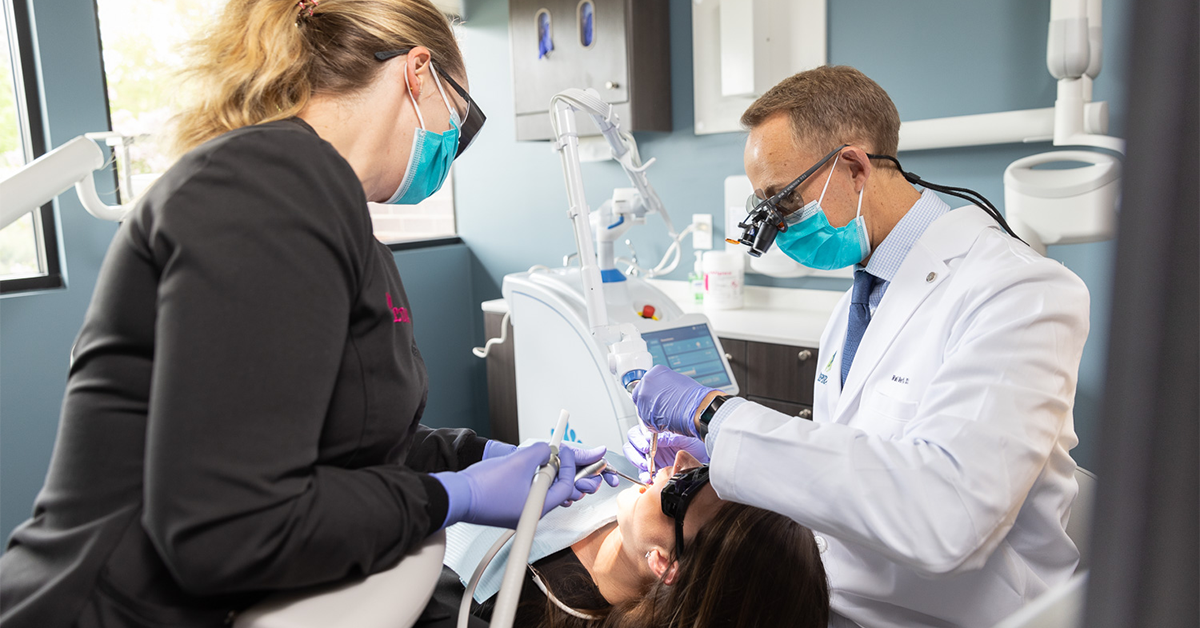
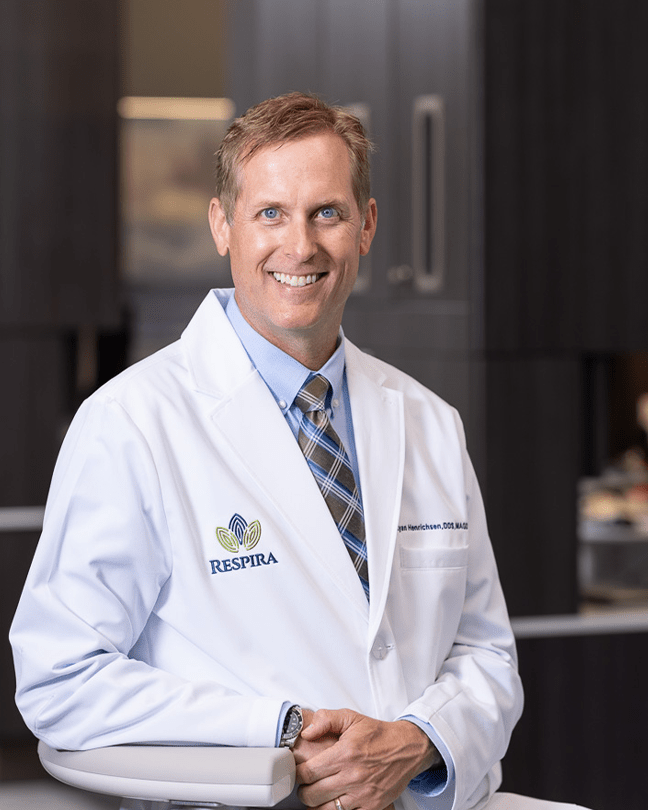
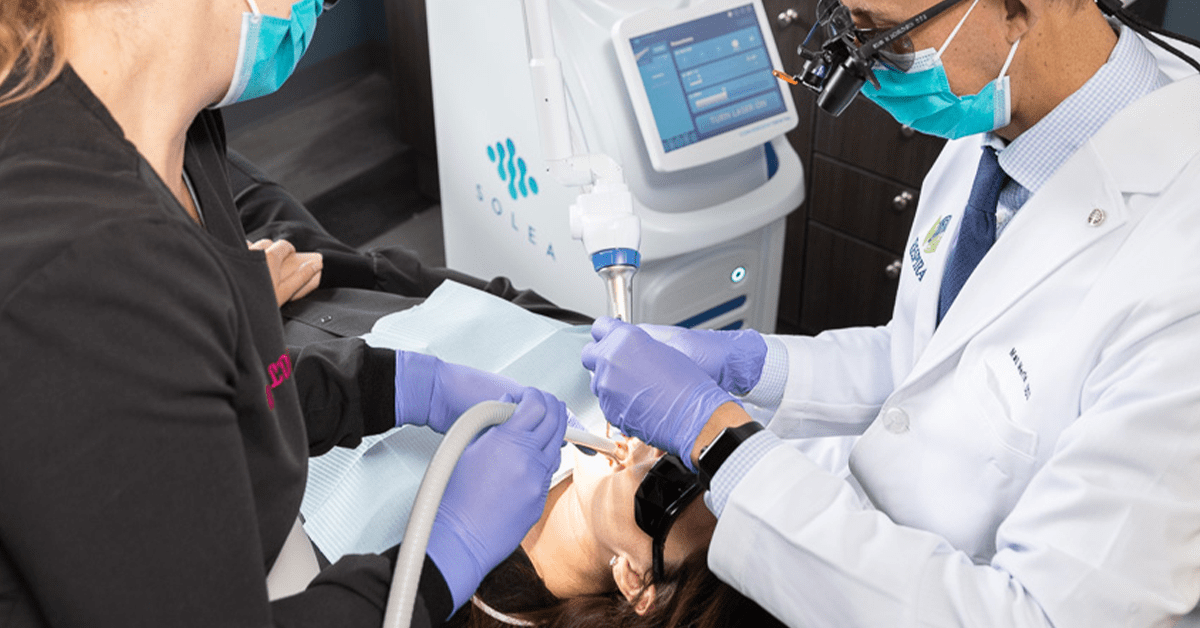
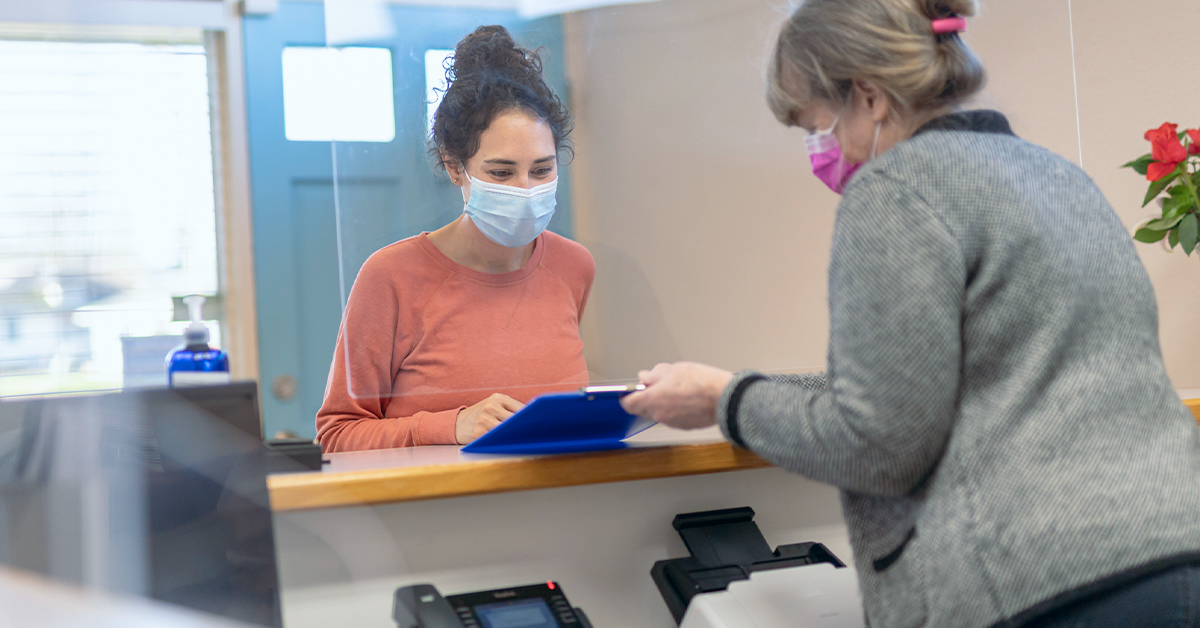


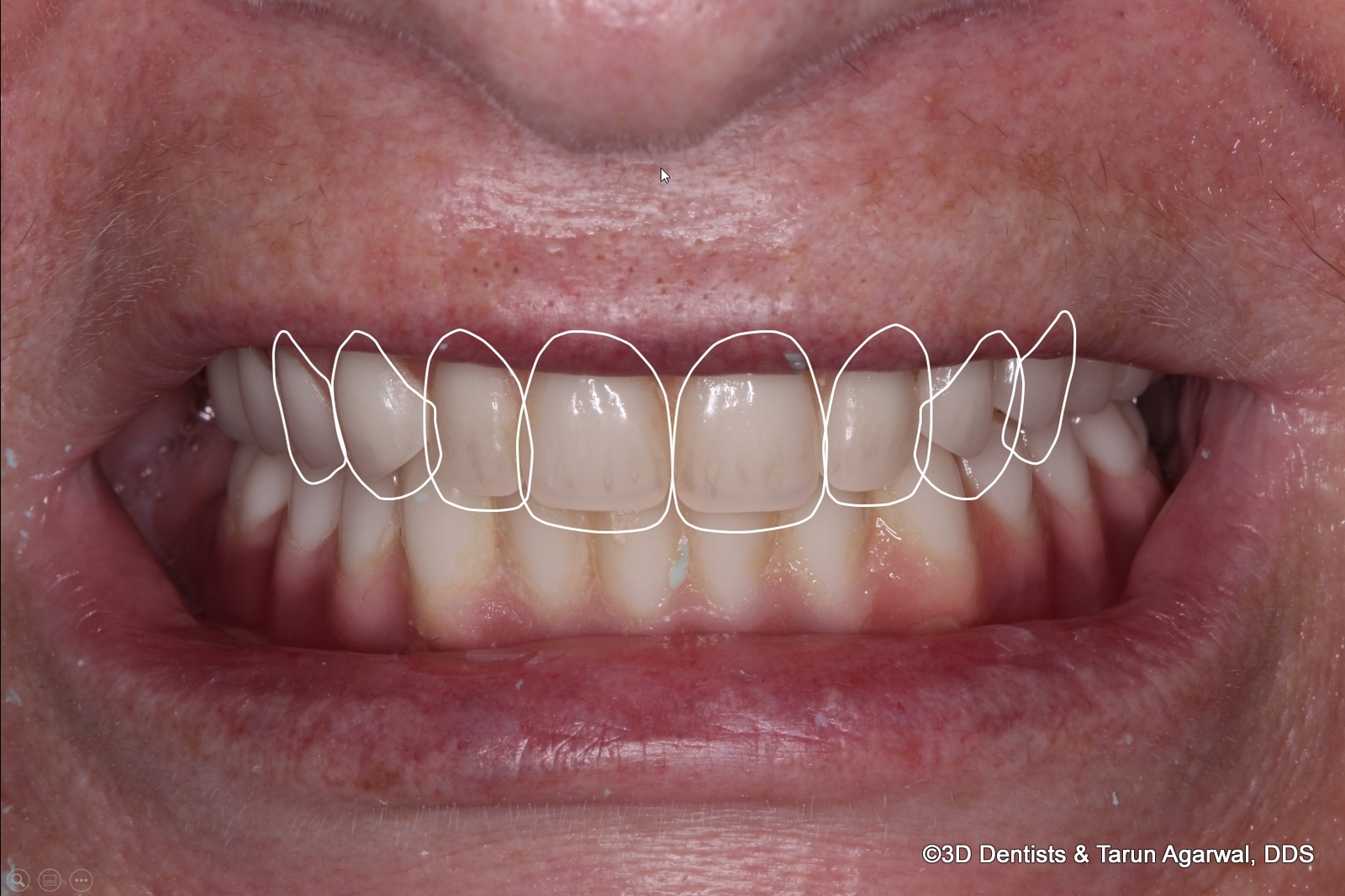
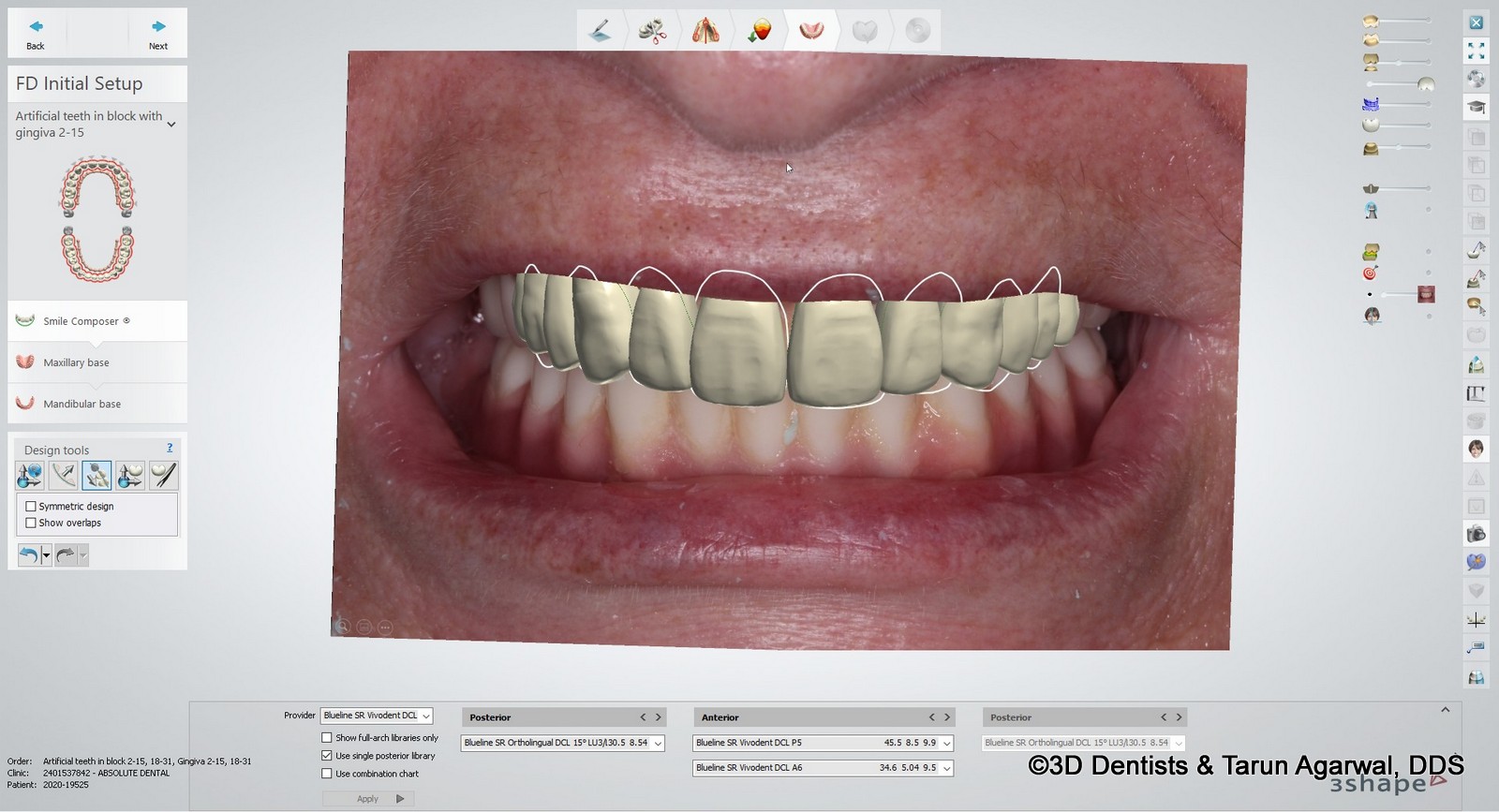

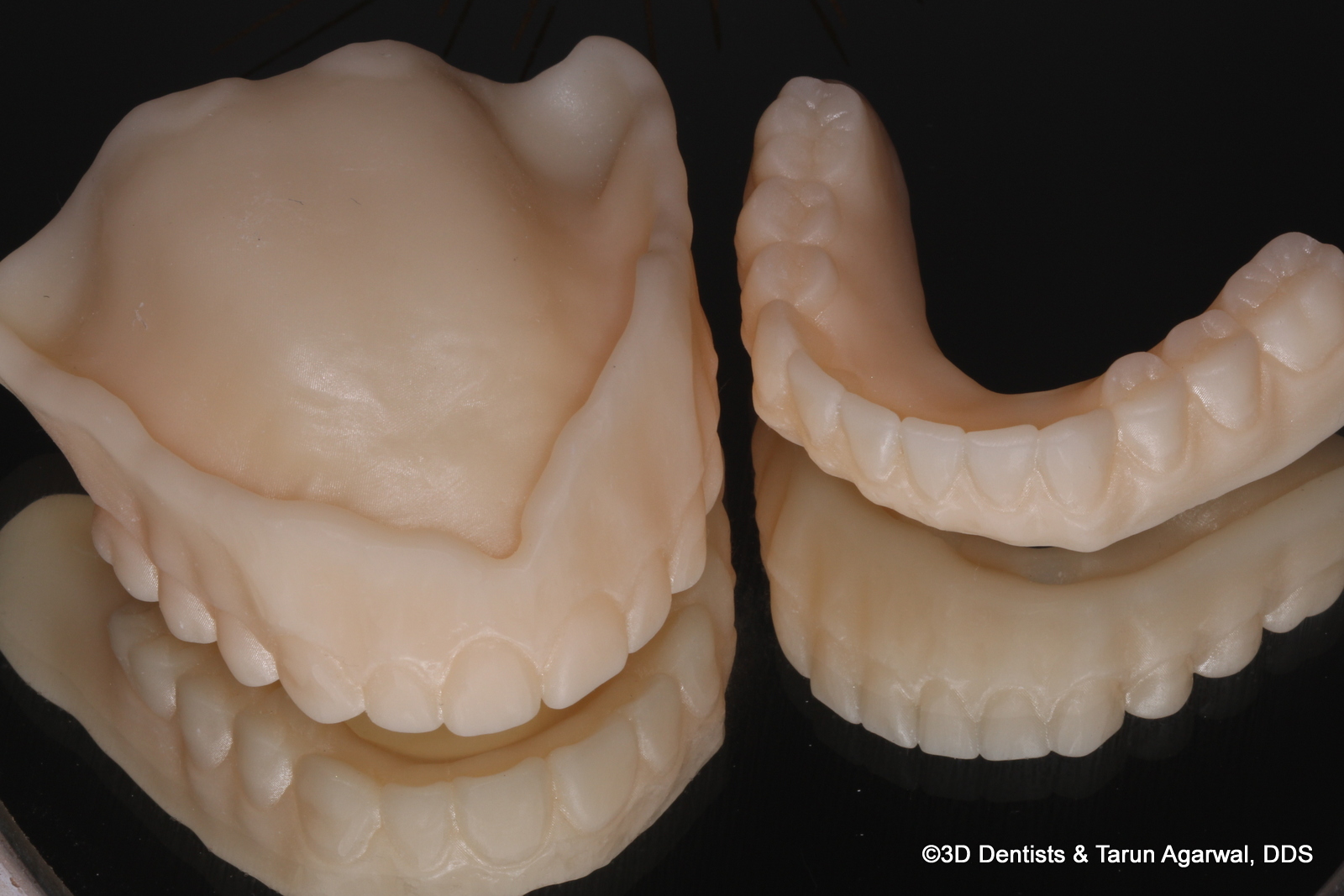
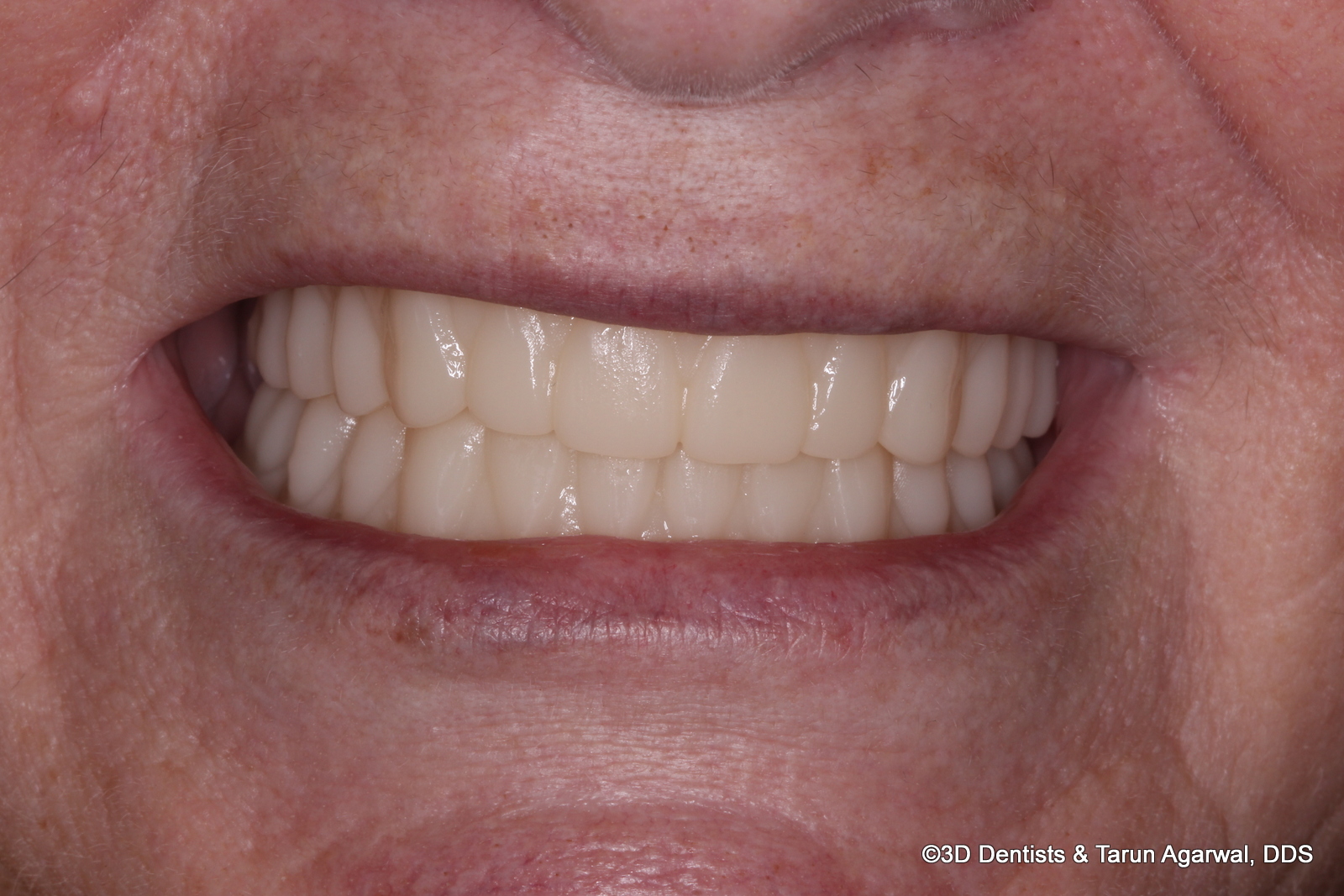
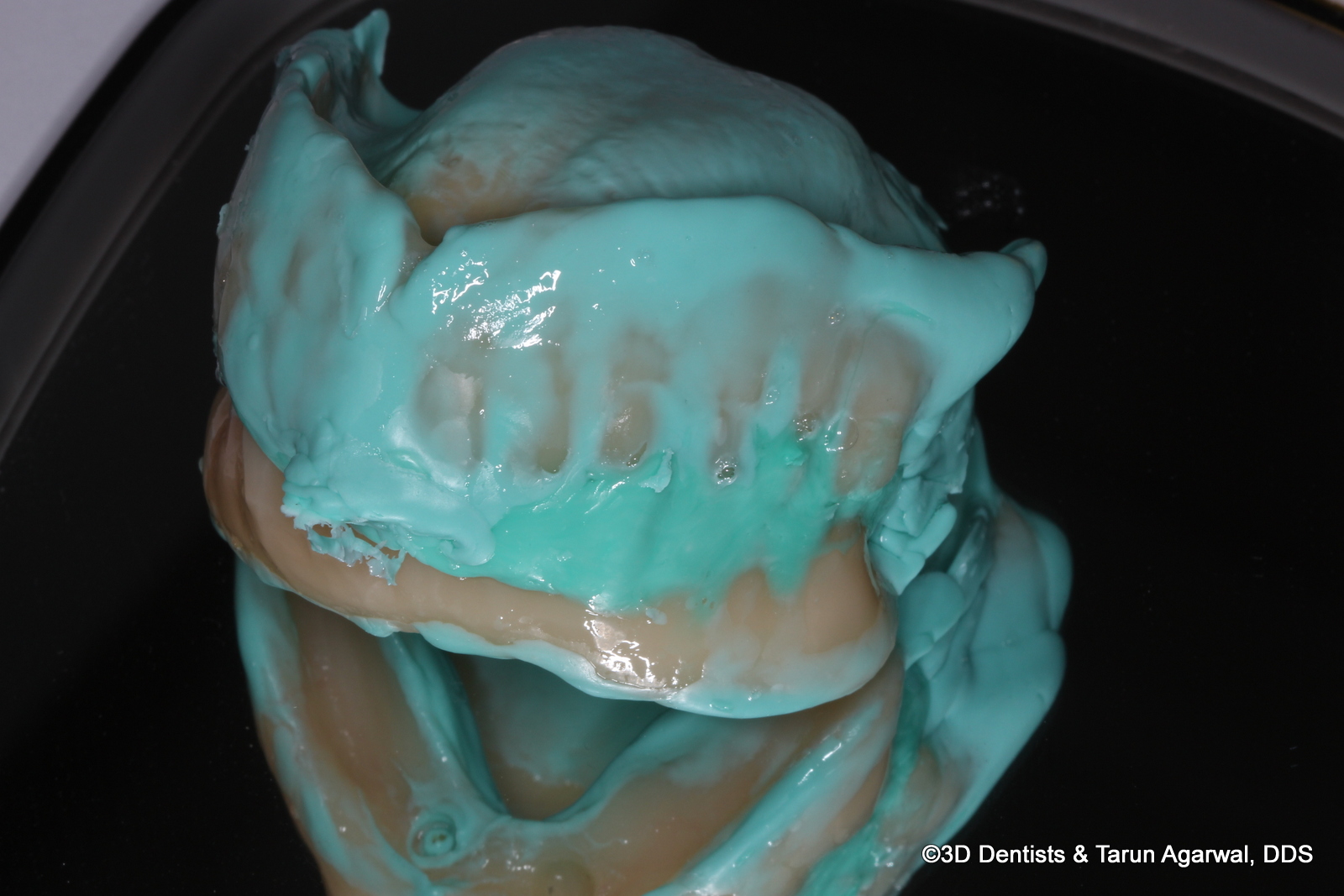

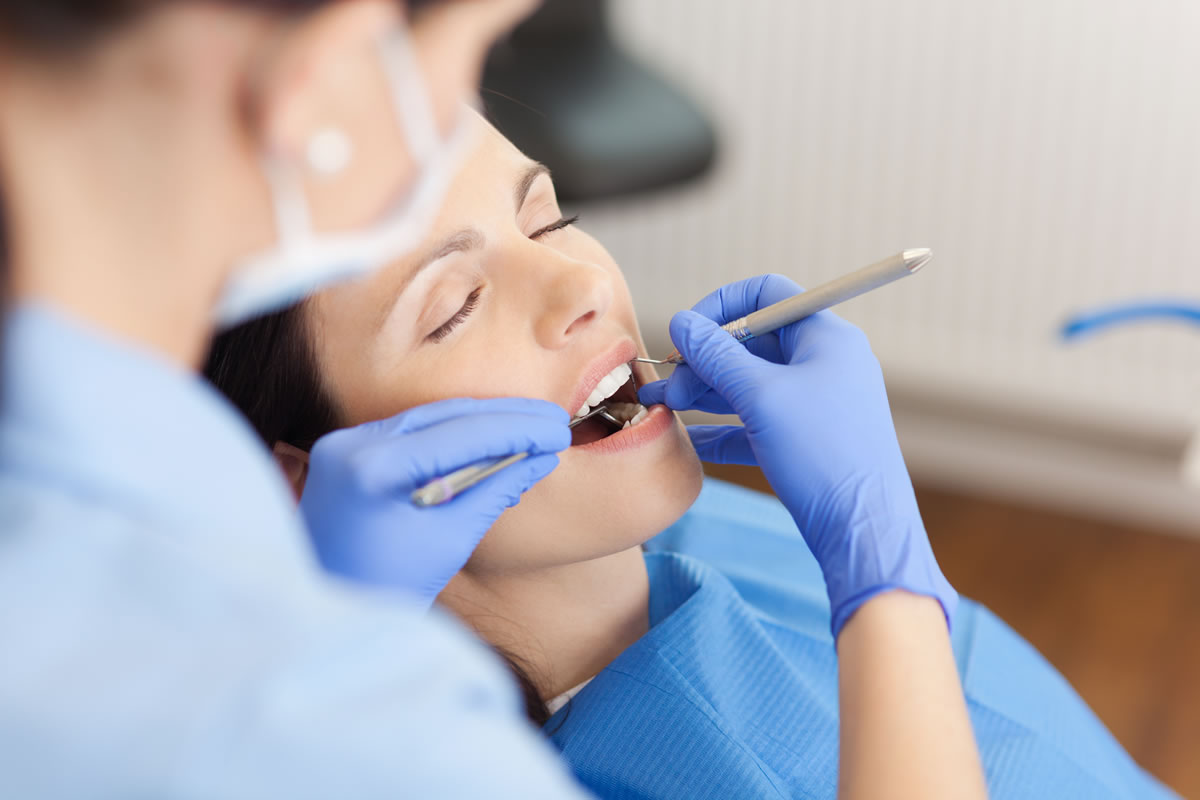






Recent Comments